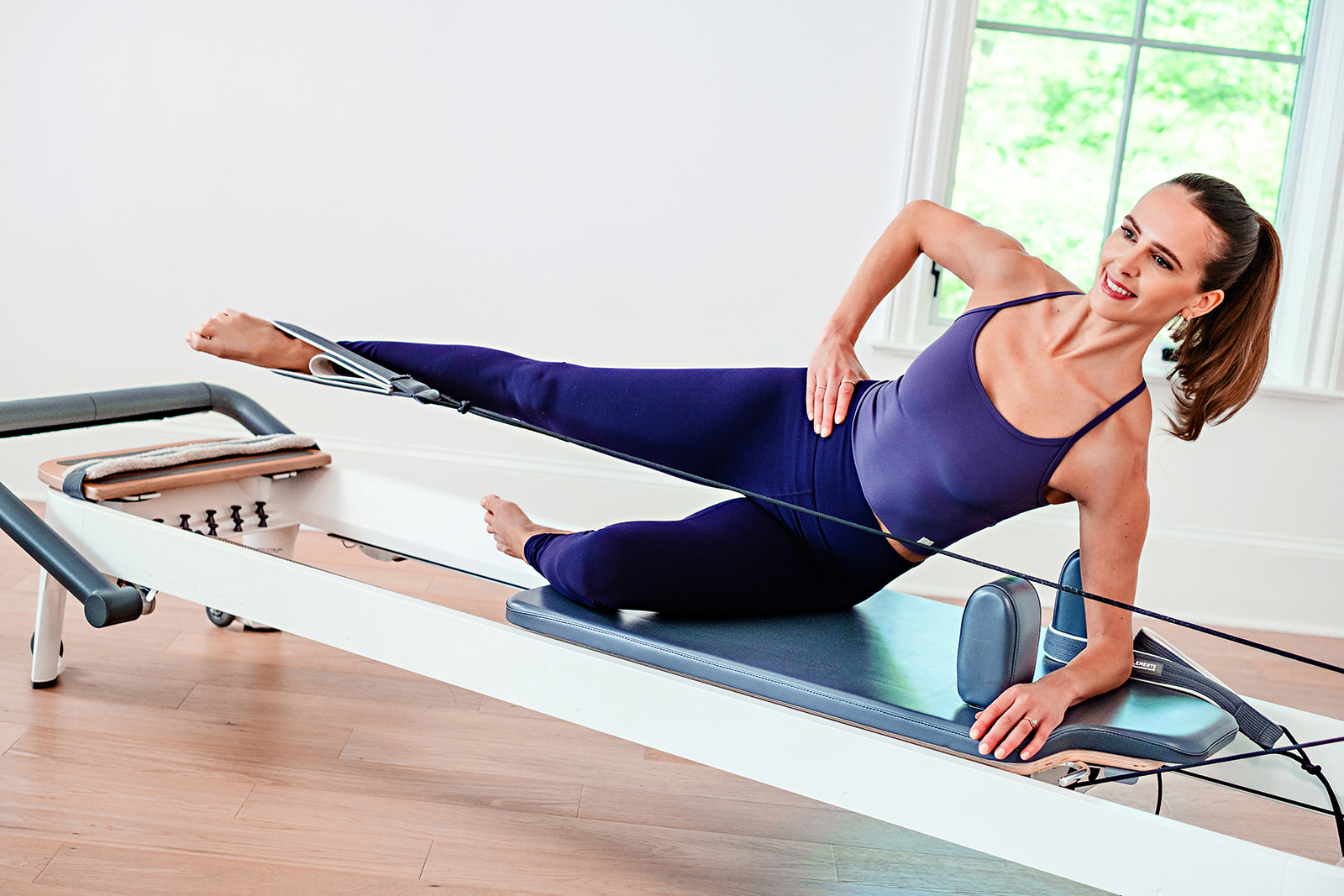Starting out as a group Reformer instructor, I remember feeling a mix of excitement and nerves. It took some trial and error, but I eventually found systems that made teaching feel way more manageable. If you’re just getting started, here are a few things that might help.
1. You don’t need to know everything.
You’ll never stop learning—and that’s a good thing. You don’t need to have every modification, client situation, or piece of equipment mastered on day one. Stay curious, ask questions, and take continuing education seriously. I’m still learning every week, even after 10 years of teaching. So take the pressure off!
2. Teach what you actually know.
When in doubt, keep it simple. Don’t throw in fancy moves or flows just because you saw them on Instagram. If it doesn’t feel natural in your body, it probably won’t land well when you teach it either.
In my first few months of teaching, I stuck to almost the same class each time—just switching the order of a few exercises. Sticking to the fundamentals will deepen your teaching and understanding of Pilates much more quickly than trying to piece together a bunch of flows. And remember: what may feel repetitive to you might feel brand new to a client.
You can keep your classes feeling fresh by adding props or playing with rhythm and pacing. Great flows have purpose—so don’t rush into creating something that doesn’t quite make sense yet.
3. Silence is not your enemy.
It’s tempting to fill every second with cues, corrections, or motivation. But sometimes, the most powerful part of a class is the moment you say nothing and let your clients feel the movement. Trust that they can handle the quiet. It also gives you a chance to observe—and maybe even take a sip of water. 😉
4. Observation is a skill—practice it.
The more you watch, the better you’ll get at spotting movement patterns and understanding what your client’s body needs. Don’t be afraid to walk around and really see what’s happening.
There’s also no better way to test a cue than to try it out and watch the response. Did their body shift in the way you intended? If not, try another cue. This is where your creativity and intuition come in.
5. Try before you teach.
I learned choreography, spring and reformer settings, basic cues, and alignment pretty quickly because I practiced every single class on my own body first. I’d run through one or two reps of each exercise in the order I planned to teach it, while repeating my cues in my head. It was the perfect time to catch anything that didn’t quite work—or that I forgot to plan for.
6. You’re allowed to have your own style.
Whether you lean classical, contemporary, athletic, or restorative—own it. There’s no single “right” way to teach Pilates. Your energy, your presence, your vibe is what makes your classes unique and keeps people coming back.
7. Connect more than you cue.
The relationship you build with your clients is just as important as your programming. Learn their names. Remember what they’re working through. That human connection? That’s what makes the magic happen.
If you’re just getting started, be kind to yourself. You won’t get it perfect—and you don’t have to. Keep showing up, keep learning, and keep leading from a place of care.
Hope this helps!
Gabrielle Saran
